TLDR: Solo Stove’s pizza oven, the Pi Prime, is an easy-to-use pizza oven that I recommend. Here are my key takeaways:
- It’s especially great for beginners due to ease of setup, use, and cleaning.
- The Pi Prime’s main limitation is that it can’t make extra-large pizzas, but it works well for pizzas under 13″.
If you came to this article expecting me to bash on the Solo Stove pizza oven, sorry for the misleading title–but just like Taylor Swift says, “It’s me, hi, I’m the problem, it’s me.”
After reading a few articles to prepare and learn everything there is to know about pizza, I tested out the Pi Prime. As you’ll see in the pictures, I had moderate to poor levels of success.
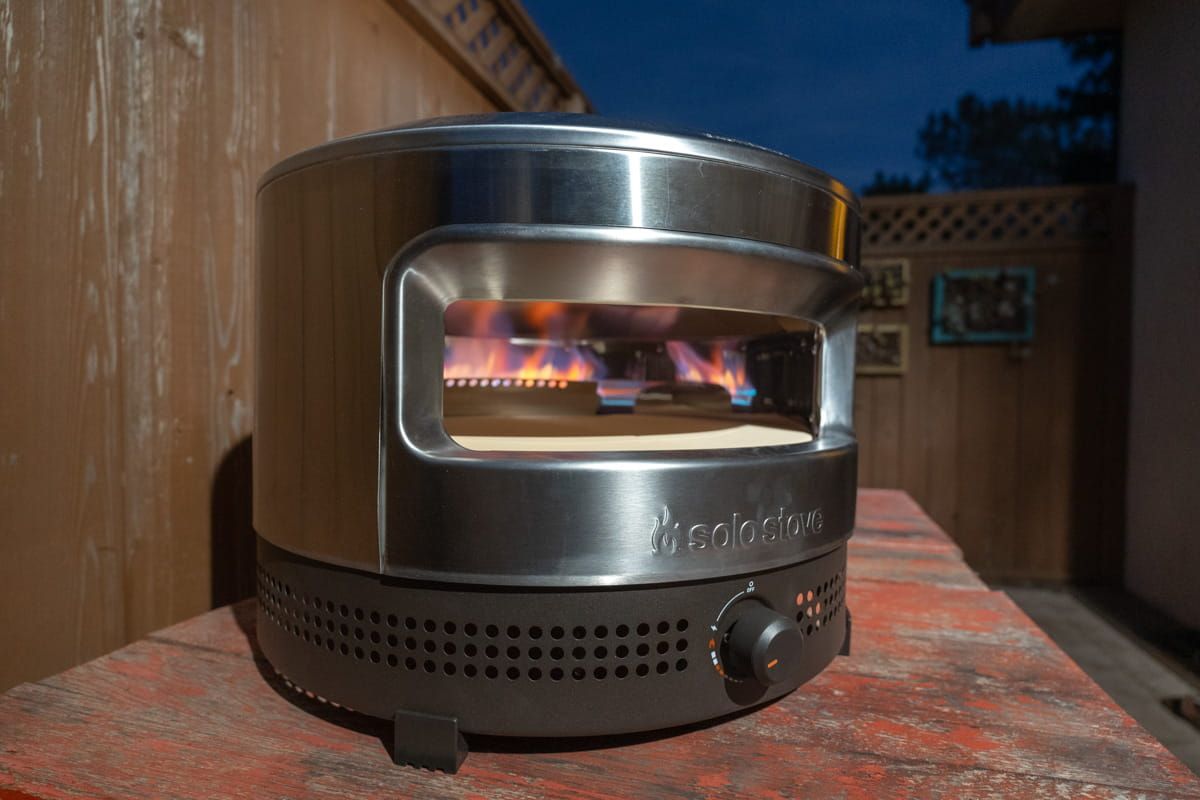
But I’m not a bad cook! And I was working with friends from Chicago and Italy (the two pizza meccas!) who are both fantastic cooks.
However, I may have been too hasty. I wish I had known and paid attention to some things before using a pizza oven for the first time.
Unlike other reviews by pizza pros, this one is written by an amateur. I worked with five other good cooks who are also beginners with a pizza oven, and if you’re in a similar boat, then this review is for you.
So why do I think the Pi Prime is an excellent product despite my failed pizza party? The answer to that, and all of your other burning questions, lies ahead in my in-depth Pi Prime pizza oven review.
Key Specs of the Pi Prime Pizza Oven
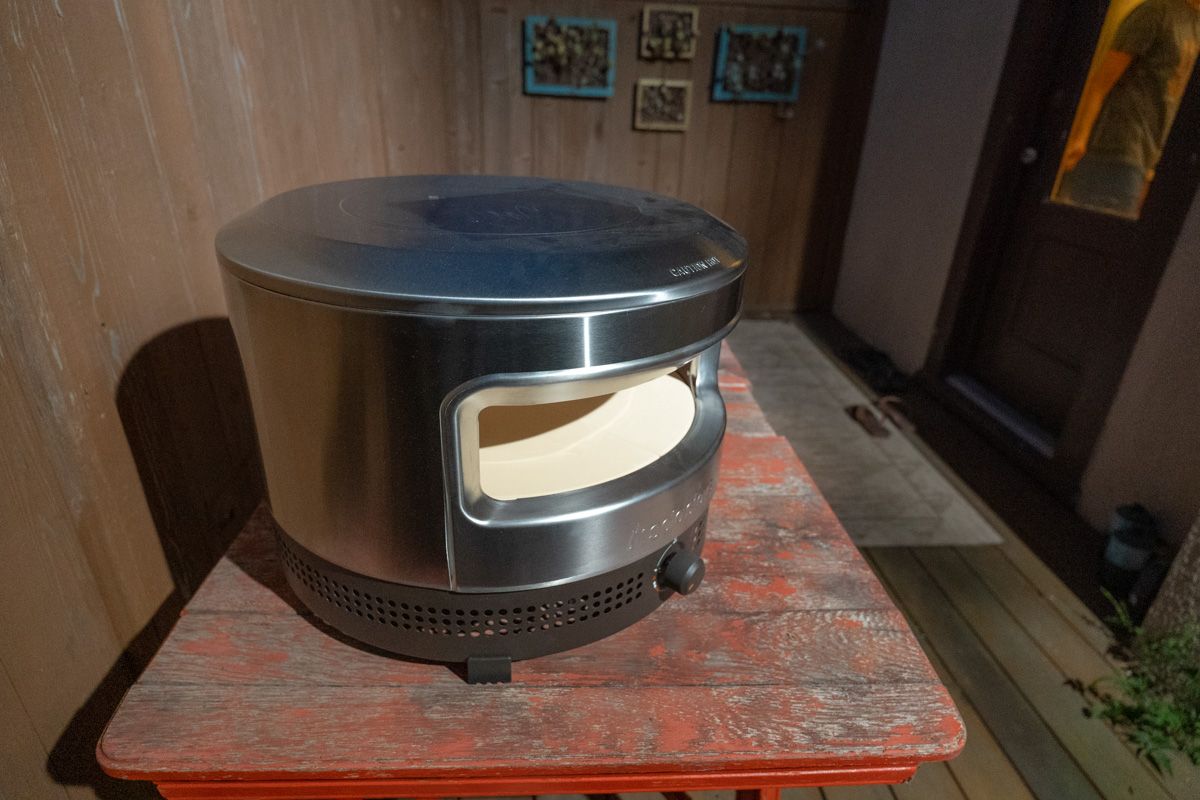
Height: 15.5”
Diameter: 20.5”
Opening length: 13”
Opening height: 3.5”
Weight: 30 lbs
Max heat: 950 degrees Fahrenheit
The Pi Prime is a beautiful machine that’s compact and sturdy. It’s easily portable if you need to move it, though I don’t think it’s something most people would need to do too often.
It’s made of easy-to-clean stainless steel, and the pizza stones are made of cordierite, which our research has shown to be the best material for cooking pizzas.
The Pi Prime uses only gas, though their Pi Dual Fuel Pizza Oven works as a wood-fired pizza oven if you’re looking for that capability.
Pros of the Pi Prime
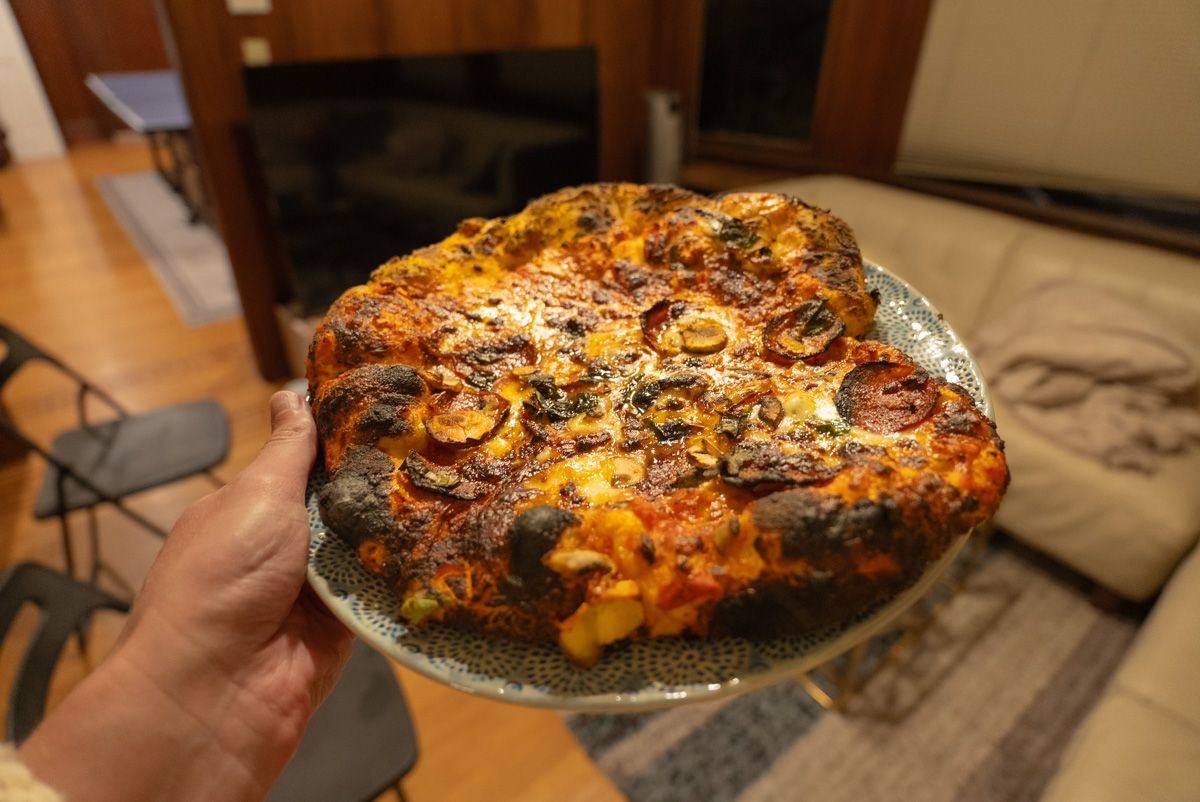
- At just $299, the Pi Prime pizza oven is a great deal. The closest quality competitor we’ve found is the Ooni Karu 12, which is the same price and has a 1” smaller opening.
- Like their original Solo Stove product for bonfires, Solo Stove’s pizza oven is easy for beginners and sufficient for any pizza-making adventure.
- The panoramic opening lets you watch the pizza, which came in handy for us as amateurs because we didn’t know the timing, so we needed to rely on sight and smell. If you get to the point where you want another pizza oven, then you’ve likely got plenty of use out of the Pi Prime (and it’s still a great quality pizza oven, the only limitation being size and ability to use wood as a fuel source). We have no desire to make larger pizzas or use wood rather than propane, so the Pi Prime meets our needs.
- We made multiple messes while trying to use the Pi Prime. Things would’ve been much less fun if it were difficult to clean. But it was super easy to clean–even months later–when we got around to cleaning up that one last mess. Especially with the cover that comes with the Pi Prime, it’s an easy machine to keep clean and in good condition.
Cons of the Pi Prime
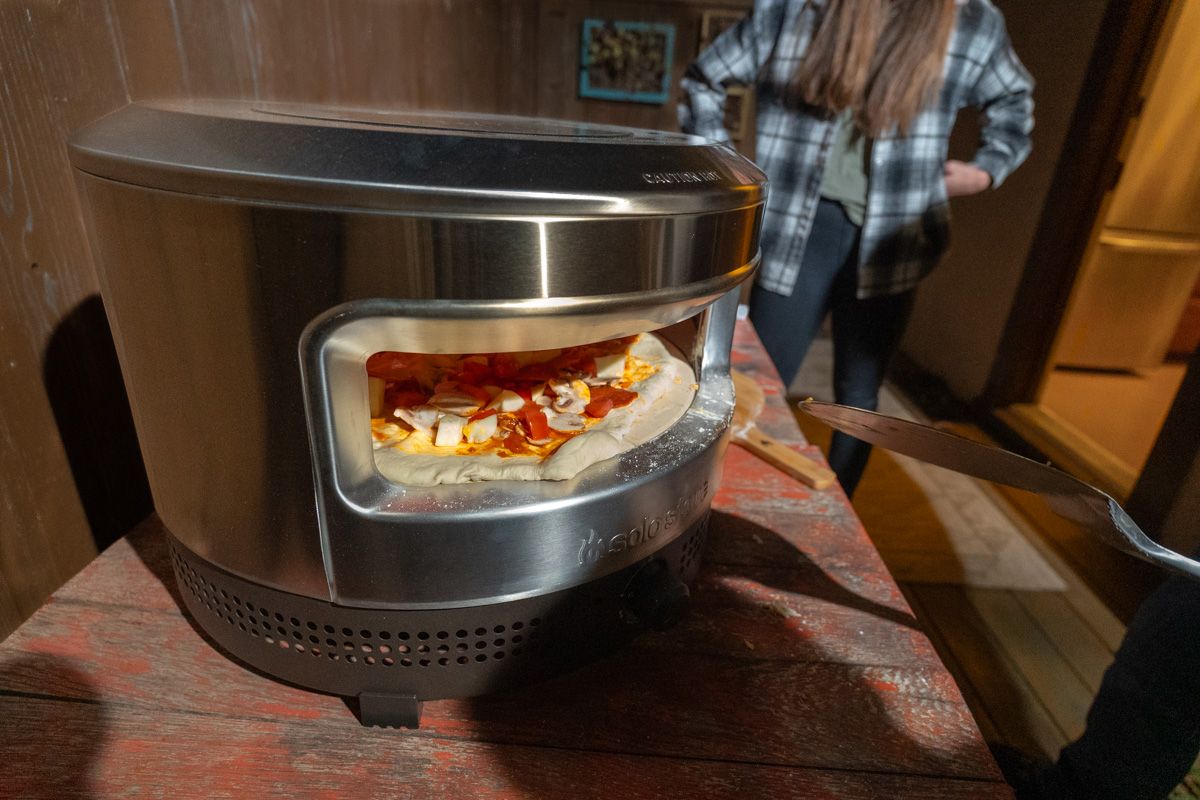
- One drawback is the limited size.The Pi Prime has a 13” opening. While that suits most needs and pizza lovers’ dreams, you’ll need to look elsewhere if you want a 16” pizza.
- The temperature changed depending on where I aimed the infrared thermometer. While I expected the internal temperature to vary, the placement of the gas burner in the back of the oven and the opening without a door in the front means that there’ll be a little more variation than other ovens with doors (most ovens seem to have the burner in the back, though it does protrude a bit for the Pi Prime). The burner placement wasn’t really an issue for us since we rotated the pizza while it was in the oven anyway, but it’s one thing to watch out for.
My Experience Testing the Solo Stove Pizza Oven
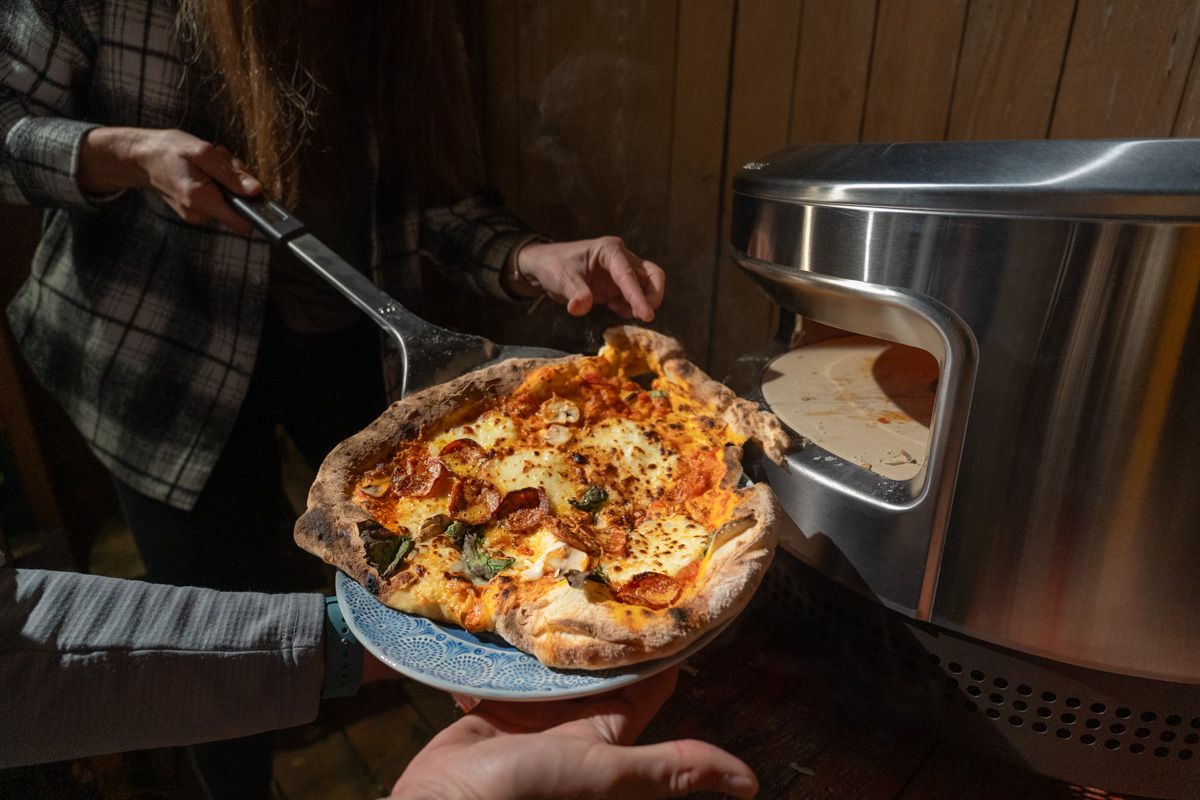
The Cast:
- Me (strengths: efficiency, experience with a variety of different cuisines)
- Mimi (strengths: cooking elaborate meals and baking)
- Chicago guy (strengths: being from Chicago, baking bread a ton)
- Italian girl (strengths: Italian heritage, doing cooking challenges regularly)
- BBQ guy (strengths: barbequing and using his sous vide)
As you can see, we were a group of people comfortable in the kitchen, and with enough group knowledge, we thought baking pizzas shouldn’t be too tough.
I mean, all you have to do is roll the dough, put toppings on, stick it in an oven, and “bam!” you got pizza… right?
The Set Up:
The first uncertainty arose when we were getting the Pi Prime hooked up and going. Luckily, it was relatively intuitive.
It pretty much comes ready to go out of the box. The only assembly is to clear out the protective styrofoam layers and put two pieces of the pizza stone into the oven in the only logical place they can go. (The instructions also say where to put them, but it was pretty obvious.)
I only had propane tanks for camping, so I needed a larger (but standard) 20lb tank. That was easy enough, and attaching it to the Pi Prime was even easier. I’d never done it, but it took just a few seconds to affix. No problem!
Afterward, I prepared stations around the kitchen with plenty of space to make a layer of flour, roll a pizza, and place toppings. Everything was perfect and ready to go.
Where Things Went Wrong
Heating the oven
I didn’t immediately light the pizza oven, even though I had read it takes a while to heat up properly.
I used an infrared thermometer when the time came to check the temperature, but I didn’t know where to aim it, and the readings varied by hundreds of degrees. I’m used to my oven that just has a digital read-out of the temperature!
If you have an infrared thermometer, hold it 12-20 inches away from the mouth of the Pi Prime, focus it on the center of the pizza stone, and read 750 degrees Fahrenheit.
The Pi Prime says it’ll heat up in just 15 minutes, which is faster than most competitors, but I’d recommend waiting longer just to be safe.
Oven Heating Tip: Start heating the oven 20 minutes in advance.
Rolling the dough
As far as how the actual pizza-making went, it was mostly okay. I had fun shopping for the ingredients and laying all the toppings out. We didn’t have a rolling pin, but it turns out there are quite a few things you can use to roll some dough.
Unprepared Chef Tip: You can use a wine bottle instead of a rolling pin if necessary.
Getting the pizzas into the oven
We had difficulty removing the dough from our counters even though we applied copious amounts of flour to the bottom. And then getting the pizza from the peel (that giant spatula you use to transfer pizzas) into the oven… impossible!
That’s the part that ruined things most (maybe that’s a bit too harsh, but let’s say it challenged us).
Mimi had to enlist my aid as we worked as a team with multiple spatulas to try and move her pizza around. In fact, we all ran into problems with transporting the pizza.
This issue isn’t specifically related to the Pi Prime–like I said, the problem was with us.
Dough Handling Tip: Make the pizzas on parchment paper instead of directly on a countertop. They’ll be easier to maneuver and lift, so the transition to a peel goes more smoothly. And since you can lift them off the parchment paper, it’s easier to add more flour under the pizza if needed.
NOTE: Do not put the parchment paper into the pizza oven; it will catch fire.
Pizza size
A big culprit for our difficulties was that we made the pizzas too large.
I had the advantage of watching BBQ Guy go way too big and the misfortune of having to clean up a destroyed pizza from within a burning hot oven. So that leads us to the next piece of advice:
Pizza Size Tip: Make the pizzas small at first. 6-9 inches in diameter. They’re easier to handle, transfer from counter to peel to the oven, rotate while in the oven, and remove once done baking. They’ll also cook more evenly this way.
Baking the pizzas
The Pi Prime is great for beginner pizza makers. It has a 13” opening, which is more than enough space for most pizzas and will deter the most foolhardy of us (see: BBQ Guy) from trying to set a world record on their first pizza.
One final challenge we had that prevented the perfect pie was hastiness.
Chicago Guy didn’t wait for the Pi Prime to reheat thoroughly after the last pizza and reaped the consequences. The pizza didn’t cook fully through and was still doughy in the middle.
We learned that it helped to wait a little for reheating and to work with smaller pizzas. The pizzas take about two minutes to cook through, so we adjusted the heat accordingly if the top was getting too crispy.
There is a bit of an art to adjusting the heat. The Pi Prime’s knob for disbursing gas doesn’t have labels for temperature; you just have to eyeball it (and maybe use a laser thermometer if you have one).
Pizza Baking Tip: Wait a few minutes for the oven to reheat between pizzas. The Pi Prime heats very quickly, so once fully hot, you may even need to adjust the temperature knob down to make sure the top doesn’t overcook before the bottom.
What I Learned about the Pi Prime
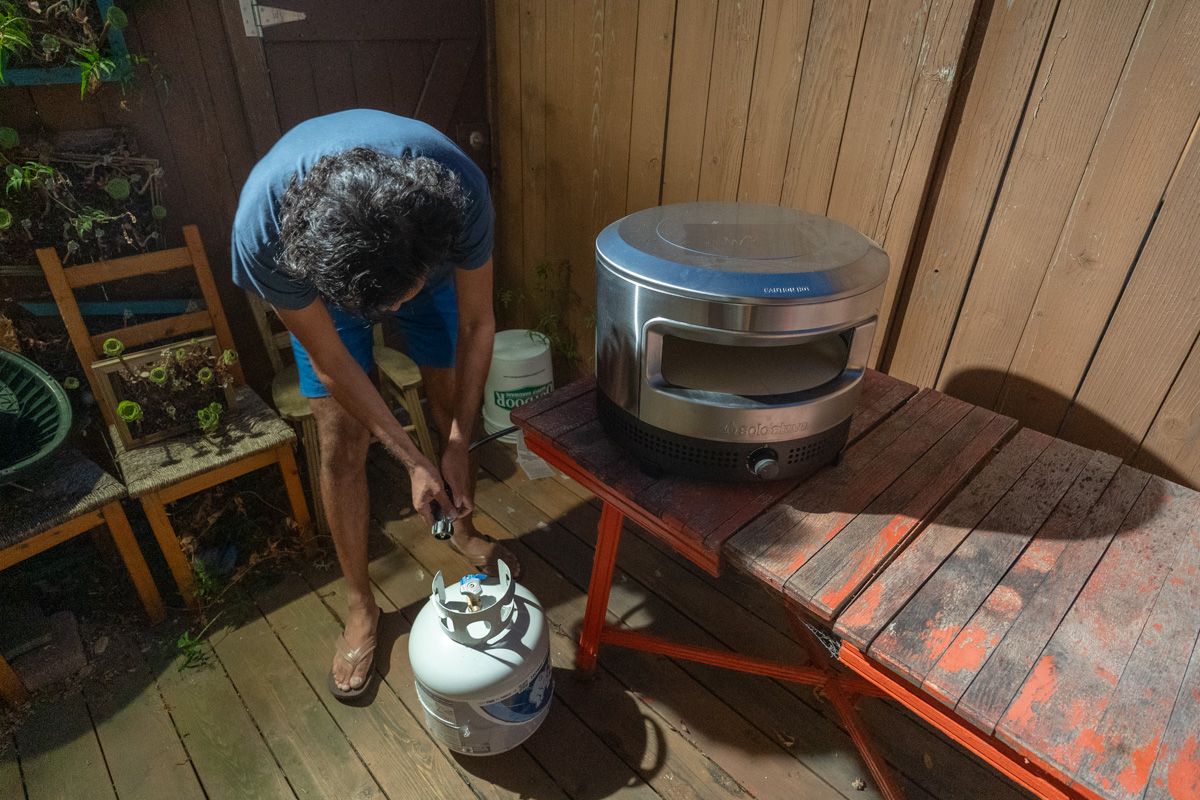
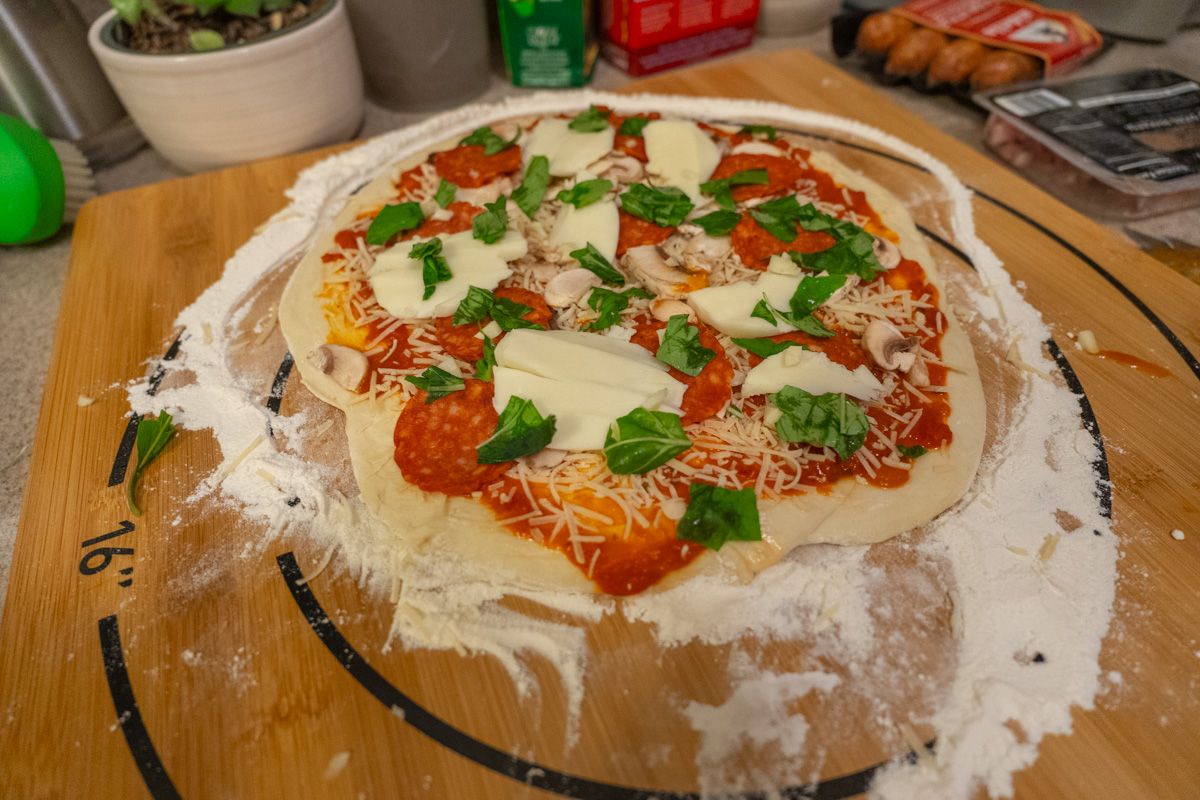
As you can see from our pitfalls, the Pi Prime was more a victim of us than we were of it. It was incredibly easy to set up, quickly heated to a high temperature, had a good-sized 13” opening (3.5” height) for easy pizza placement, and cleaned off easily.
In fact, regarding cleaning, we “tested” it (totally on purpose) by leaving residue from our outdoor pizza party for a month, and even then, cleaning it was a cinch.
The cover fits well and protects it, even during an unusually rainy winter. The machine still looks excellent.
Overall, my impression was that the Pi Prime is great for beginner pizza makers because of the affordable entry price and easy cleaning process.
Its open mouth makes transfers in and out easier and lets you watch the pizza as it’s cooking, and the 13” opening prevents you from trying to go immediately into expert mode.
The size might mean that expert pizza makers may want to opt for larger pizza ovens. The few minutes of reheating makes the Pi Prime suitable for smaller gatherings, but if you have more than eight people, the lag time can slow things down a bit.
That said, I’d avoid using it for a larger gathering unless you’re very proficient with pizza making. Even with other ovens, you might need more than one because all ovens will need some reheating time between pizzas.
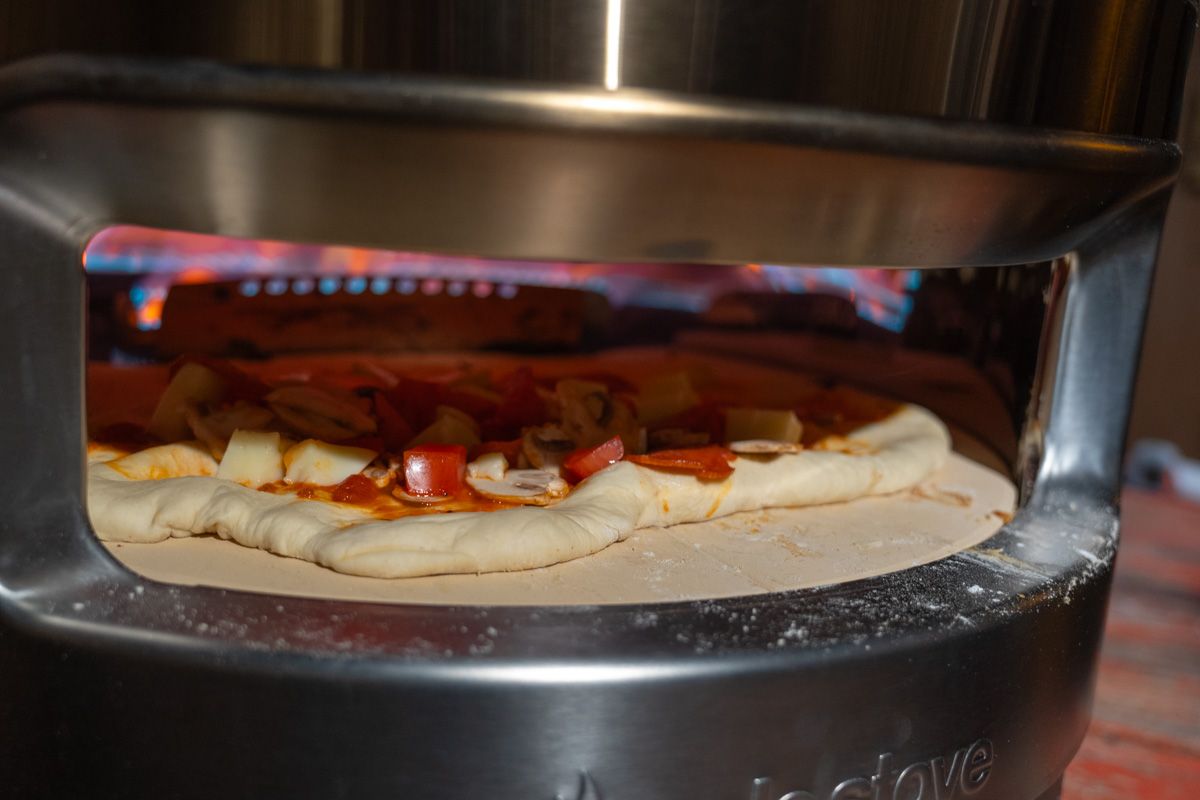
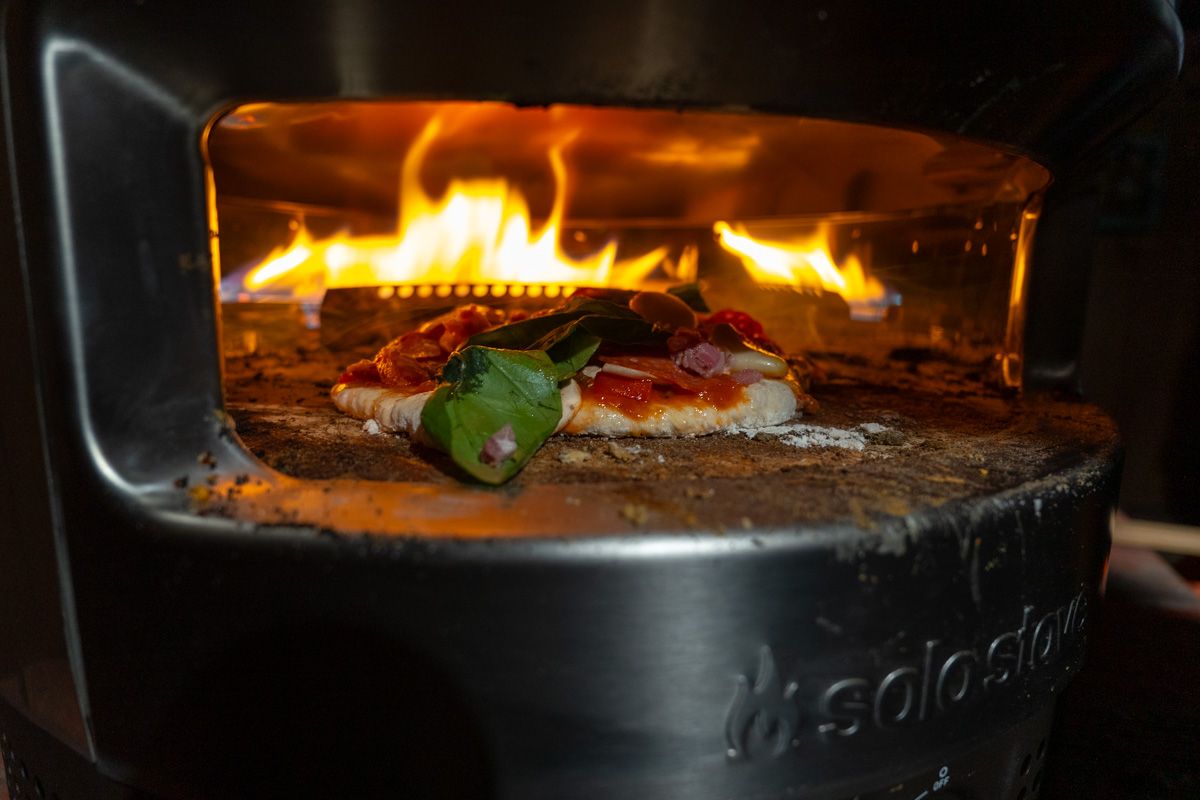
FAQs About the Pi Prime Pizza Oven

How long does cooking a pizza in a Solo Stove pizza oven take?
It typically takes between 90 seconds and three minutes to cook a pizza in the Pi Prime pizza oven. In our experience, where the Pi Prime wasn’t at full heat, it would usually take three minutes.
Can you cook a steak in a Solo Stove pizza oven?
Yes! You can cook a steak and the rest of your dinner in the Pi Prime. They even offer a cast iron that fits their pizza oven for cooking in.
What else can I cook in the Solo Stove Pi Prime?
You can cook anything you would otherwise cook in an oven. Except, you can cook it faster since the Pi Prime gets crazy hot.
Can you cook a frozen pizza in the Solo Stove Pi Prime?
Yes… you can cook a frozen pizza in the Pi Prime. It seems a bit like hiring Snoop Dogg just to teach you how to do some basic rhymes, but as you can tell from his ads for Solo Stove, he might just be available.
How’s the Solo Stove pizza oven vs. the Ooni pizza oven?
I looked into both ovens, and both seem like good quality products without a clear advantage over the other.
I haven’t tried out the Ooni, but I can say that we really liked the Solo Stove pizza oven’s panoramic opening that let us watch our pizza as it baked.
I haven’t seen any particular feature with the Ooni that would make me prefer it over the Pi Prime.
Conclusion: So, is the Pi Prime Worth it?

Yes, the Pi Prime is worth it for anyone looking for a pizza oven. I’d certainly recommend it for beginners because the ease of setup and cleaning means there’s not much hassle before or after.
The ease of use with the panoramic opening and the ability of the Pi Prime to meet just about any pizza needs for an affordable price makes this a good value.
Experts should consider your particular pizza-making needs. A different pizza oven might suit you better if you want larger pizzas.
ABOUT THE AUTHOR

Suneel Jain
Partnerships & Management
Suneel has lived in California for 32 of his 35 years of life. He regrets those other three because there really isn’t any other state like the Golden State. Suneel has lived in San Diego, Berkeley, San Francisco, Fremont, Hayward, and Sacramento, and has crashed on plenty of couches when visiting friends and family throughout the rest of the state. As a San Diegan, even if he lives in Norcal now, he still insists on saying “the” before the freeway number, rooting for the Chargers (even if they’re not in San Diego anymore), and gets excited whenever he has an excuse to make a trip down.
Looking for more fun and unique gear? Check out these related articles below!
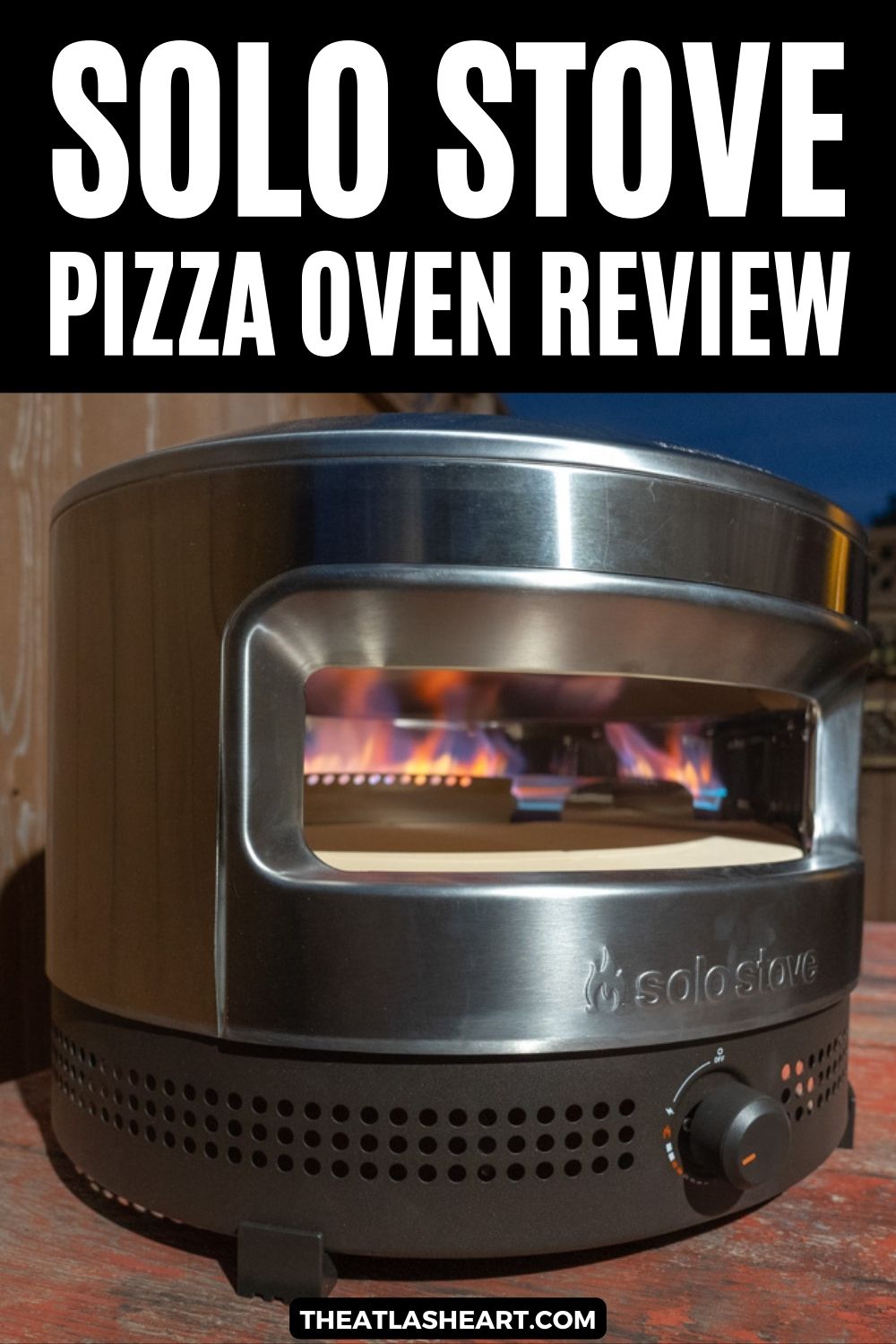
Pin this image for future reference

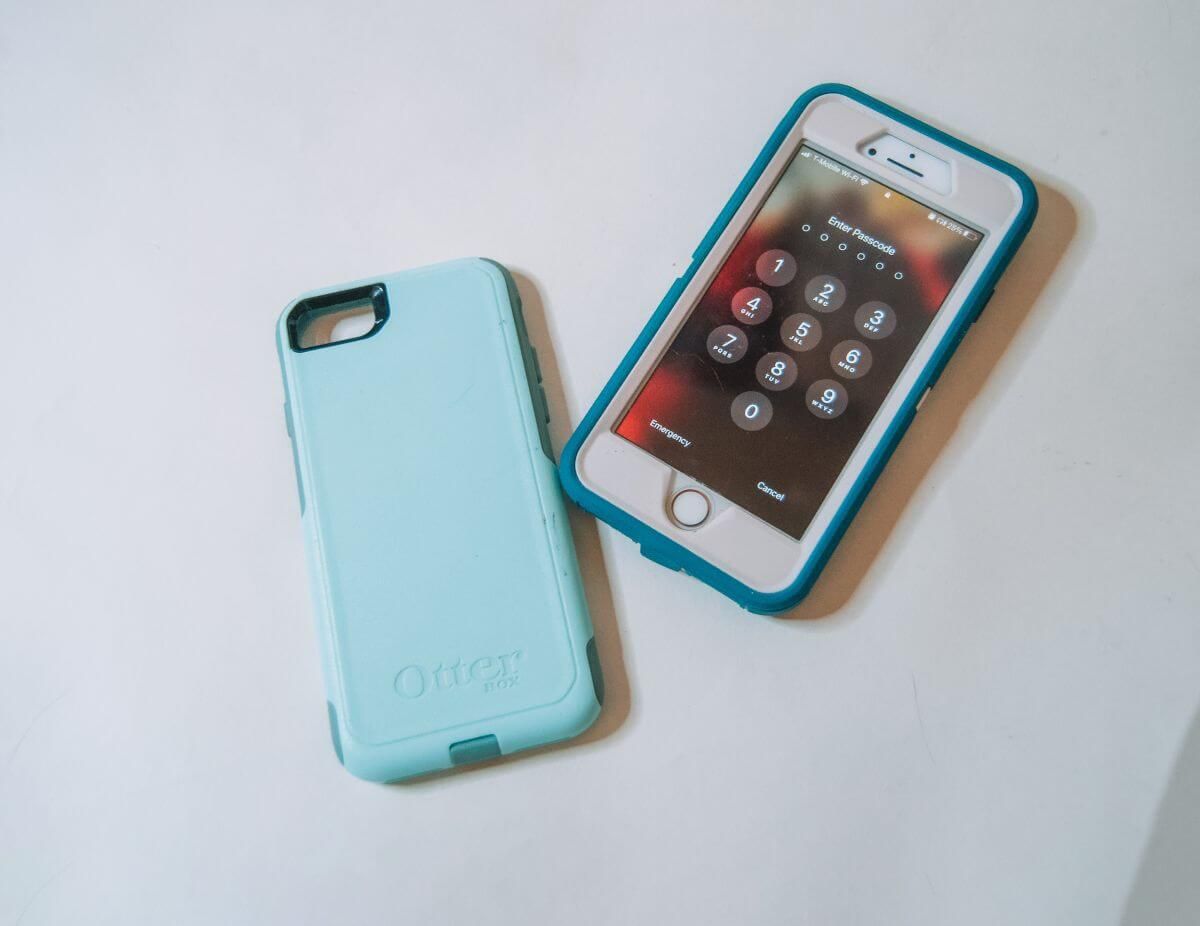
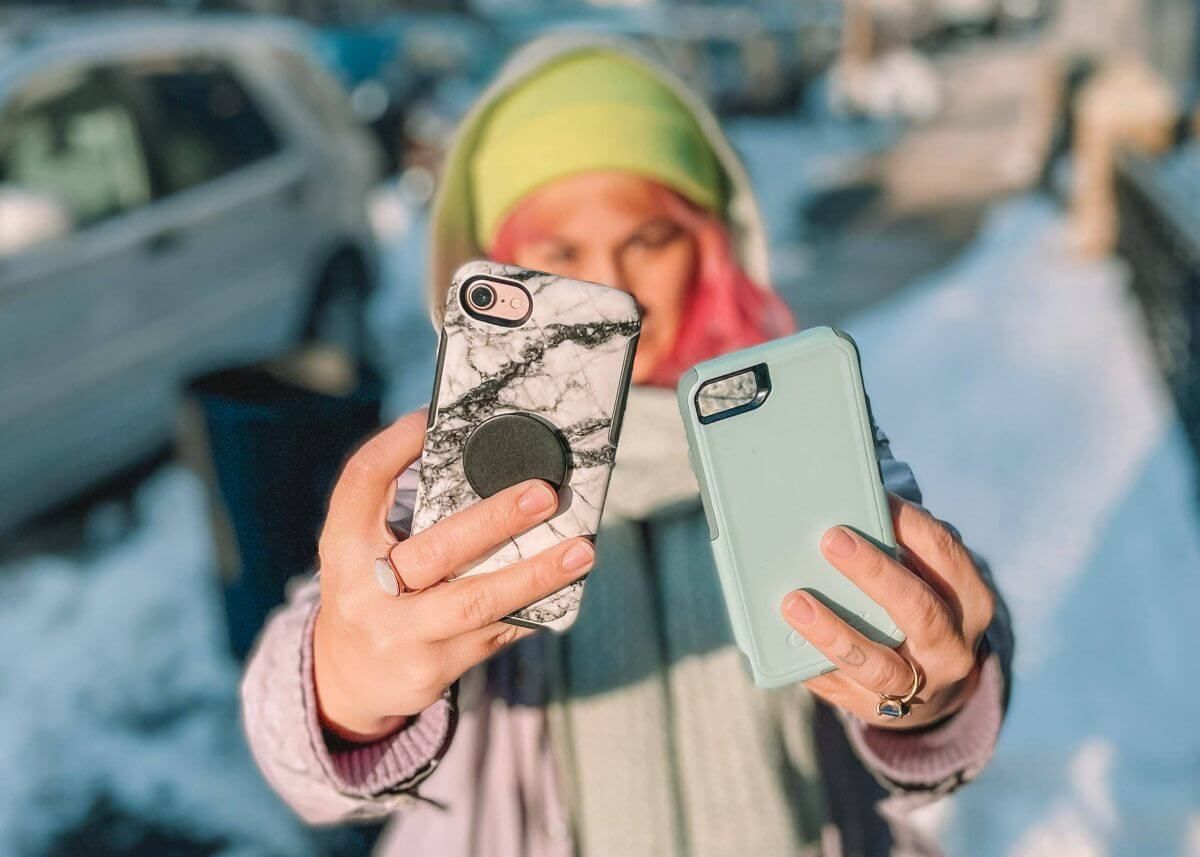
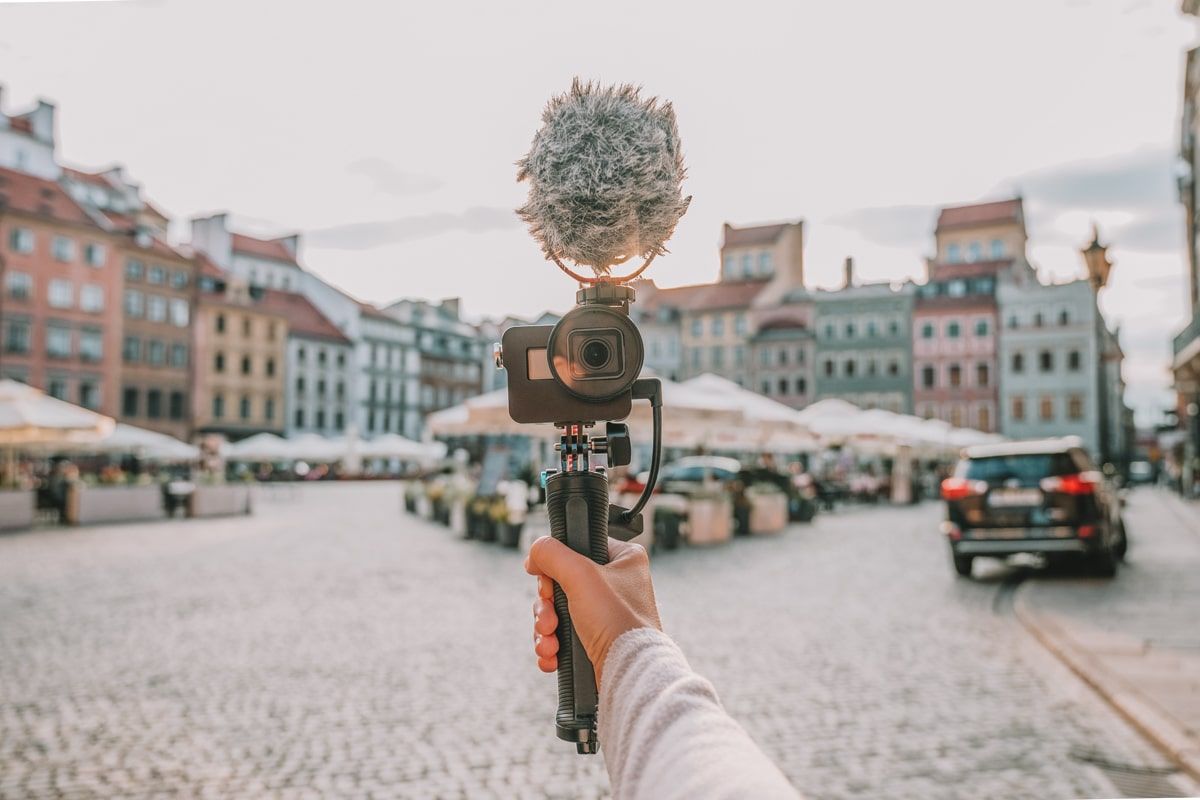


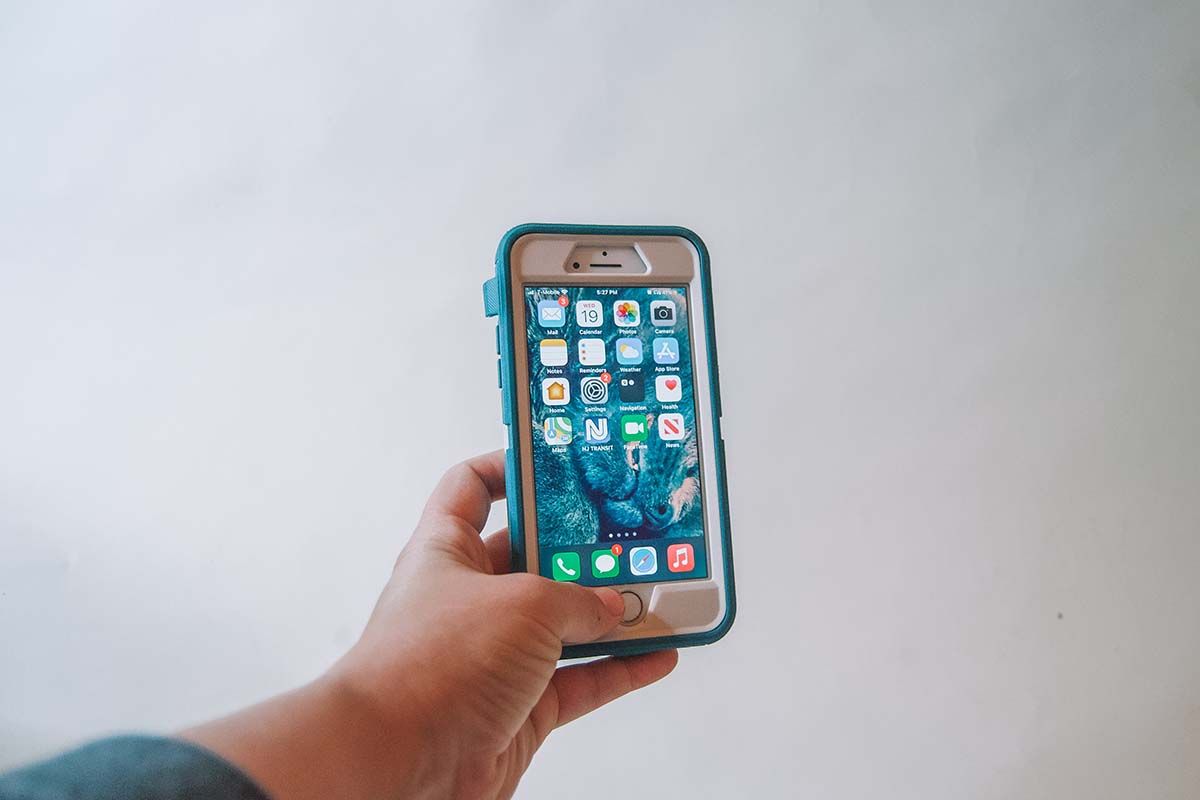
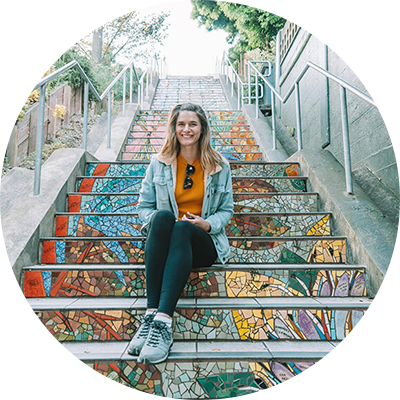

It’s not your fault and it’s not a knock on you but what you described was akin to learning how to drive in a Lamborghini with a stick shift on the freeway.
Under ideal circumstances, A lot of the problems you had would’ve been worked through with a traditional oven, then the pizza oven is the final piece of the puzzle.
As it is, you learn by failing so you got that part down. lol Again, it’s not a knock, I’ve been at it for 5 years and over that period went from store bought dough and sauce and using parchment paper and burning pies to making everything from scratch. You will too, you just have to put in the work.
As it is, high temps, those above 800 degrees Fahrenheit are for neapolitan style pizzas where you bake your pizza in under two minutes. So the first order of business is to decide what style of pizza you desire then adjust the heat and time accordingly.
The temperature is read on the back of the stone and dictates how often you should turn the pizza. With neapolitan style, this is every 15 – 20 seconds. I haven’t ventured into traditional style pizzas yet because neapolitan is just so delicious I’m stuck on them. lol
Anyway, great review and write up. All of us have pictures of failures and it’s cool that you shares yours. They’re badges of honor and you learn from each one.
Good luck and don’t give up on creating the perfect pizza, it’s out there!